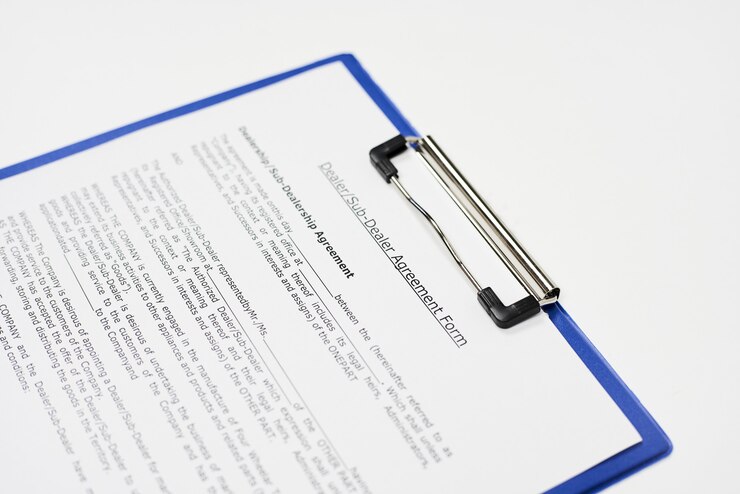It is important that both spouses agree on a date of separation, especially if it did not occur as a result of a specific incident but was more gradual. This date is called the ‘valuation date’ and will be used as the date on which the value of all your assets crystallize. Note that in Ontario, you have to be separated for one year before a formal divorce is granted.
It is important that both spouses agree on a date of separation, especially if it did not occur as a result of a specific incident but was more gradual. This date is called the ‘valuation date’ and will be used as the date on which the values of all your assets crystallize. The date of marriage to the date of separation.
As mediators, it is not within our purview to give legal advice specific to your case, but we do guide you with a wealth of general family law information as you go through the negotiation process. We recommend that you seek independent legal advice (ILA) to understand what your legal rights and responsibilities are before you begin the division of assets and support issues, and again at the end to ensure that you fully understand the decisions you made together. Many clients also use the services of a lawyer during the mediation process from time to time to clarify certain points as required.


Ontario law sees a civil marriage more or less like a business transaction with a profit and loss balance when the marriage dissolves. Spouses are seen as equal partners whose lives and finances intertwined during the course of the marriage, who should have the opportunity to walk away from the marriage with an equal net family property value. Thus, all the assets that were acquired or increased in value during the marriage, and all the debts and liabilities that were incurred during the marriage go into the pot of equalization. There are some exceptions, like gifts or inheritance. The matrimonial home is treated as a special asset. For more information about the matrimonial home, click (here).
The matrimonial home is a unique asset that is treated differently because of its status as the family residence. Again, regardless of whose name it is registered under, both spouses have joint equity in the matrimonial home. Both spouses also have an equal right to possession of the home, regardless of ownership. This means no one can bar their spouse from entering the home.
If one of the spouses brought the home into the marriage, he/ she does NOT get a date of marriage deduction for its value on the date of marriage if it still exists on the date of separation. There are two ways spouses can choose to deal with the matrimonial home upon the breakdown of the marriage. They can list the home at market price and equalize the proceeds, or one spouse can buy out the share of the other spouse.
All asset and debts have to be properly valued and disclosed to each other and to the mediator. Your negotiation depends on good faith and good information. Your lawyers will want to see you legally protected, and before they draft a Separation Agreement for you, they will want to see documentation to support the values that you used in your mediation to arrive at your Net Family Property value. Thereafter, the court will also want to ensure that both parties understand exactly what they are signing, particularly if the welfare of children is involved.
Just as assets aquired during the marriage (or increase in value of assets brought into the marriage) have to be shared between both parties regardless of whose name they were registered under, the same is true of debts. These include things like credit card debts, capital losses, car loans and lines of credit. We use specialized software to enter this information as part of your Net Family Property calculation.
It is obligatory on both parents to support their child, and this becomes important when the marriage breaks down if there are RESP’s for the child. These are assets that are considered as part of the negotiations, but because they are meant for the benefit of the children, they do not form a part of the Net Family Property calculation. It is however noted what the date of separation value of the RESP value was, and what the percentage contribution of each spouse was to it. This allows each spouse to claim that percentage share in his/ her contribution when it is time for their child to cash in the RESP, so that he/ she need only pay only the remaining percentage of their own share.
Keep in mind that there is a limitation period to bring proceedings to divide property. It has to done at the earliest of six years after the date of separation, six months after the first spouse’s death, or two years after the date of divorce.